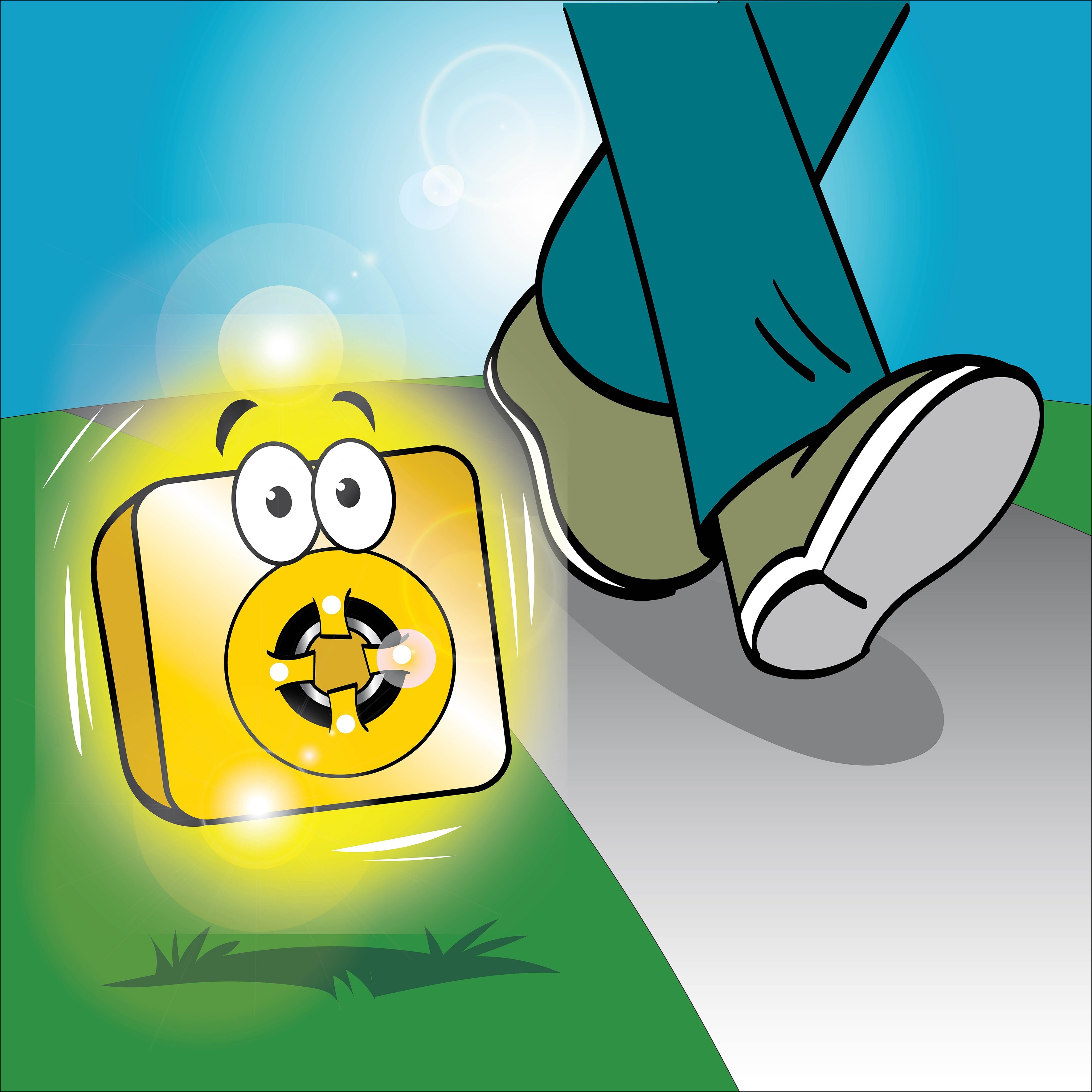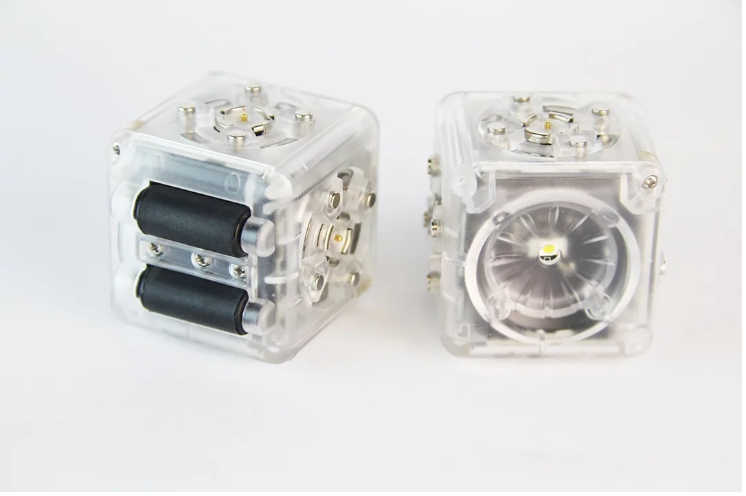Lesson Modules
Teaching Tips:
Cubelets and Cause and Effect, Part II
KT06 Cubelets in the Classroom, 40-minute activity
Asking “why” and investigating the relationships between actions and results is the basis for all scientific exploration from physics to psychology. It is also the natural entry point for young children to begin considering scientific inquiry as they repeatedly ask “why” in their daily lives. This lesson plan uses the KT06 kit as both demonstration and hands‐on exploration of cause and effect. By challenging students to make and test small robots, using the discrete functions in each Cubelet, they can powerfully experience how making changes to their robot results in a new robot or action. While students are enjoying the robots they build and playing with Cubelets they can also note examples of the effects of changes they impose on their robots.
FOR EACH CLASS/GROUP, THIS LESSON PLAN INCLUDES 2 PARTS:
Each segment suggested to last 20 minutes in order to comprise one class of about 40 minutes.
- An extended Cause and Effect play session with Cubelets
- A Cubelets special challenge
Each segment is suggested to last for 20 minutes, with two segments comprising a 40-minute class. Where a class period affords less than 40 minutes, we suggest increasing time for each segment and using each as a single class on serial class days.
While these lesson plans have suggested age levels, it is also possible to use the younger student activities as a ramp up to older students; e.g. use the 4 years old ‐ 6 years old activities to ramp up and extend a lesson plan for a group of 9-year-olds. Similarly, the activities suggested for older students can become a way to expand on challenges presented to younger learners if there are time and interest.
REMIND EACH GROUP ABOUT FINDING CAUSES IN THE PREVIOUS CLASS
Tell the class: “Last class we thought about IF/THEN statements and cause and effect in our daily lives. Then we made some robots and noticed we could cause robot reactions. Today we’re going to make some more robots, notice the relationship between cause and effect as we change the robots.”
Today we are going to make more robots! And see relationships between cause and effect as we make some changes to them.
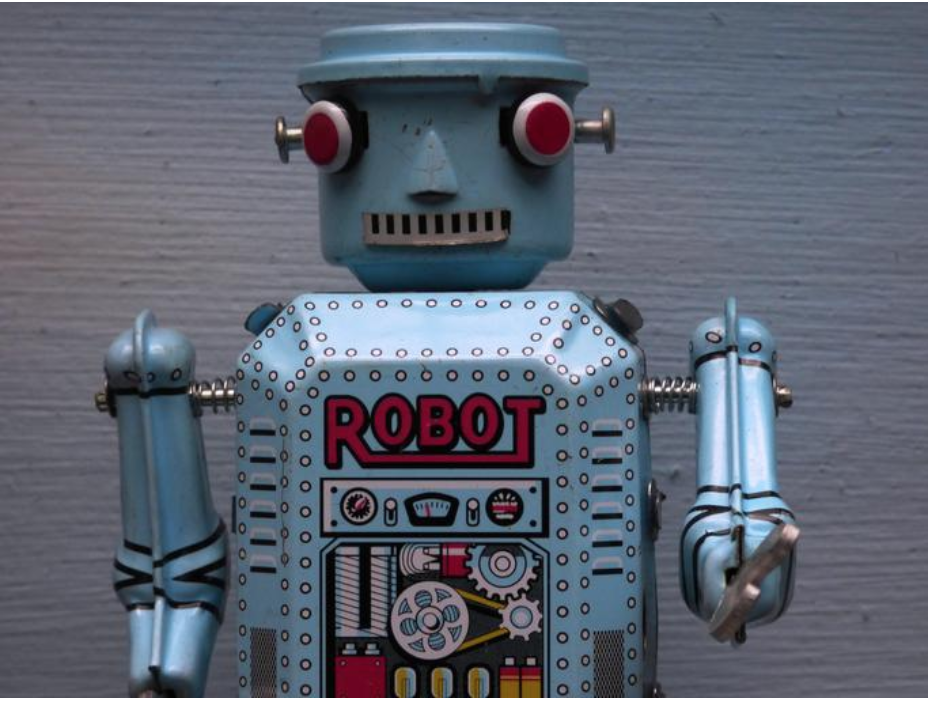
Teaching Tips:
Materials: KT06 kits, groups of 14 students using each kit.
This is an opportunity for students to investigate how their small robots can be altered with clear cause and effect relationships arising out of changing functions (sense, act) by swapping Cubelets.
Swap the Sense Cubelets and consider “What is the robot sensing now?” (The robot is sensing brightness. Turning off the lights/placing robots in a dark place may illustrate this since students often want to use their hands to interact with the robots.) “What changed from the previous Robot IF/THEN sentence we made ‐ the cause or the effect? Can you describe the cause and effect now? And, what would we do to change the effect or the action?” Then swap the Action Cubelets and investigate a robot with a new sense and action relationship. “Can you write an If/Then statement about how this robot works?”
Causing robot changes
Think how can your Cubelets can be changed to make them do specific things.
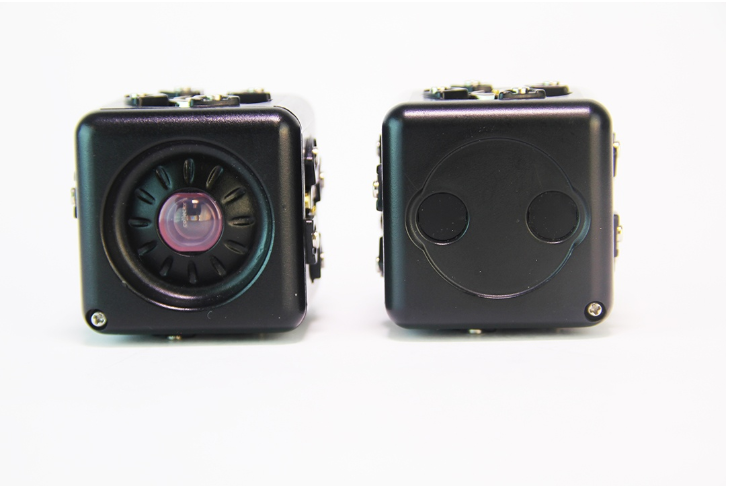
Swap the Sense Cubelets.
Talk in your group:
- Heat
- Distance
- Bright
- Light
- Distance
- Heat
Describe and identify the cause and the effect that is happening in your robot now. Draw it.
Swap the Action Cubelets
Talk with your group which is the cause and effect that is happening. Draw it.
Teaching Tips:
Materials: KT06 kits, groups of 14 students using each kit.
This final challenge is an opportunity for students to continue their Cubelets play while testing their understanding of Cause and Effect. Using their robots, they can practice relating their understanding of cause and effect to making a prediction and testing.
- “IF we want a robot that drives, THEN what Cubelet do we need?” (Drive Cubelet) “IF we want a robot that likes the light THEN what Cubelet do we need?” (Brightness Sense Cubelet) “So, let’s make a prediction. Predicting is saying what we think the effect will be ahead of time. What IF/THEN sentence would be true about this robot With extra time this can be repeated multiple times to show how different kinds of changes to the Cubelets robots can change the Cause and Effect. Changing which Cubelets can change the robot, but changing the order of, an arrangement of, or orientation of the same Cubelets can also produce varying behavior.
What does each of the Cubelets in your robot do?
Knowing each one can help us to see what is going to happen. Knowing what is going to happen is predict. Predicting is knowing the cause and the effect before it happens.
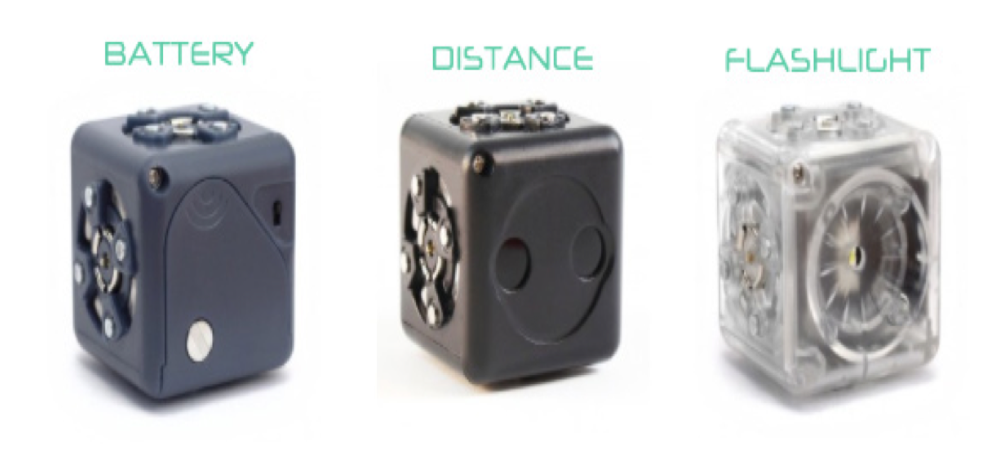
Let's use these three Cubelets (Battery, Distance, Flashlight)
Let's think of IF-THEN sentences about this robot:
- Heat
- Light
- Distance
- Bright
- Make a sound
- Rolling
Teaching Tips:
Make students share their experiences, thinking about cause and effect in the behavior of their robots.
